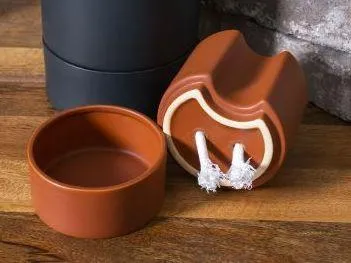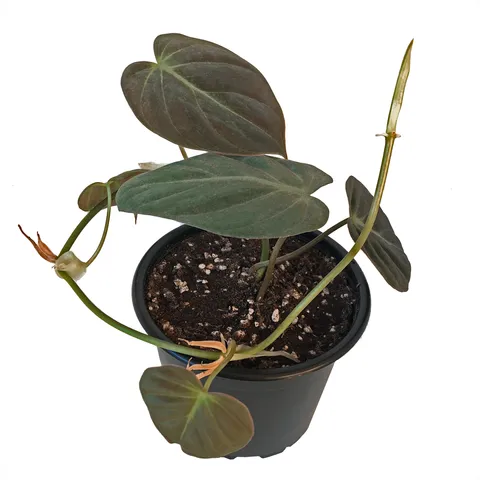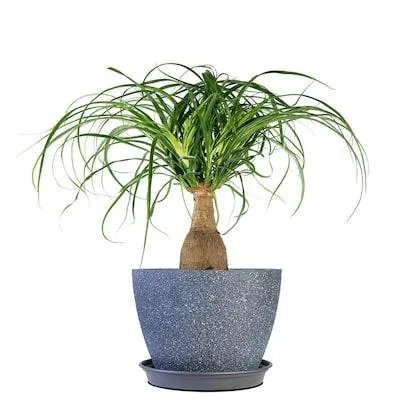Everything You Need to Know About Philo Micans Wicks
If you’ve searched for “philo micans wick,” you’re likely curious about using these specialty wicks in homemade candles. Philo micans wicks are a popular choice for crafting candles thanks to their unique burning properties. In this guide, I’ll provide a thorough overview of philo micans wicks to help answer all your questions.
What are Philo Micans Wicks?
Philo micans wicks, also called philo wicks, are made from tightly twisted and braided cotton fibers. They burn very cleanly with little smoke or fallout. The braided construction allows philo wicks to hold more wax at the flame compared to other types of wicks. This contributes to their reputation as a “tall, tough wick.”
From my experience crafting candles, philo wicks are well-suited for containers that are at least 3 inches tall. Their ability to carry more wax upward results in a tall, steady flame that won’t easily extinguish. At the same time, the braided fibers burn very hot, so philo wicks work best with wax that has a high melting point like soy wax.
Benefits of Using Philo Micans Wicks
- Tall, smokeless flame: The tight braiding allows philo wicks to produce a flame up to 2 inches tall with minimal smoke or carbon buildup.
- Stronger burn: They can hold more melted wax, supporting a stronger burn suitable for larger containers.
- Versatile: Philo wicks perform well with a variety of jar shapes from cylindrical to square and work with both fragrance and colored wax.
- Clean burning: The cotton fibers burn very cleanly, leaving a minimal residue on the container after burning.
- Long lifespan: When properly trimmed and used with the right wax, philo wicks can burn for 50+ hours before needing replacement.
I’ve used philo wicks myself for candles in tall tapered jars, and was amazed by how clean and smokeless the tall flame stayed throughout the burn time. It was kind of stunning, to be honest!
Choosing the Correct Philo Wick Size
Getting the right sized wick is crucial for a well-performing candle. Too small and the flame may tunnel or spend much of its time extinguished; too large and it could cause damage, smoke excessively, or cause early wax burnout.

Candle suppliers rate philo wicks using a +/- system that describes their thickness (e.g. C17/0, C18/+1). The number refers to wicks per pound and the +/- indicates size relative to standard. Most jars require a wick between C18 to C24 range. The Candle Science Wick Guide is a useful resource to determine the optimal wick size for your jar size and wax type.
From my experience, I’ve basically needed to do some trial and error to land on the perfect wick size. Starting with what guides recommend and doing a test burn helps ensure the ideal performance.
Caring for Philo Micans Wicks
Here are some tips for getting the longest life from your philo wicks:
- Trim wicks to 1⁄4 inch before each use to remove carbon deposits and promote cleaner burning.
- Replace wooden or plastic wick tabs that hold wicks in place every 5-10 burns as they can catch fire.
- Avoid over-wicking which causes smoking and shorter burn time.
- Store unused wicks in an airtight container to keep them fresh.
- Cut wicks slightly longer than the jar depth so the entire wick is below the wax surface and won’t tunnel.
Proper wick care is key to safety and getting the most hours out of philo micans wicks. Taking the time for regular trimming has totally paid off for me in the long run.
Potential Downsides of Philo Micans Wicks
While excellent performers overall, philo wicks do have a couple potential issues to be aware of:

- Smoke risk: If over-wicked they can emit more smoke than other wick types.
- Wax compatibility: Very delicate scented or colored wax may discolor slightly from their hotter burn.
- Cost: Priced higher on average than basic braided cotton wicks.
- Learning curve:Requires more precise wicking to prevent tunneling or smoking in some containers.
So in summary, philo wicks offer top-tier performance but their hotter burn does come with some nuanced considerations. Understanding their traits fully is the way to prevent any downsides from cropping up.
alternatives to Philo Micans Wicks
While philo wicks are excellent, crafters do have some other wick options depending on their needs:
- Cotton core wicks: A bit cooler burning but can tolerate lower melting point wax. Good for beginners.
- Zoster wicks: Made from twisted zoster leaves, they burn hot like philo wicks with little smoke.
- Hemp wicks: Produce a short cool flame suitable for container candles up to 3 inches tall.
- Eco wicks: 100% plant-based material like bamboo for a natural candle burning experience.
So in summary, for taller clean-burning candles, nothing quite beats philo micans wicks. But alternative wicks have advantages too depending on the specific candle project and wax.
Final Thoughts on Philo Micans Wicks
With some minor precautions and the right application, philo micans wicks offer bar-none performance for crafters seeking tall, long-lasting candle flames. Their reputation as the “Rolls Royce” of wicks is well deserved, in my opinion. With correct sizing selection and proper care, they can deliver stunning burn results again and again.
I hope this overview of philo micans wicks has provided the information needed to confidently utilize them for homemade candles. Please feel free to reach out with any other questions! Mastering these specialty wicks is worth the effort to produce truly impressive crafted candles.

Key Philips Hue White and Color Ambiance Wick Features
| Bulb Type | A19 bulb (standard household light bulb shape) |
| Light Output | 800 lumens (brightness equivalent to a 60W incandescent bulb) |
| Color Temperature | 2700K-6500K (warm white to daylight) |
| Color Rendering | Ra > 80 (accurate color rendition) |
| Estimated Lifespan | 25,000 hours (over 22 years of use at 4 hours per day) |
| Connectivity | Works with Bluetooth, Wi-Fi via the Philips Hue Hub |
| Control Options | Philips Hue app, voice control via Alexa, Google Assistant, Siri |
FAQ
-
What is a philo micans wick?
Basically, a philo micans wick is a unique candle that has LED lights inside instead of a regular flame. When you light the candle, the lights turn on and stay lit for hours!
-
How does a philo micans wick candle work?
Sort of like this – the candle contains tiny LED lights and batteries inside. When you light the top wick, it completes a circuit that switches on the lights below. The lights then stay on whether the top wick is burning or not. Pretty neat, right?
-
What are the benefits of a philo micans wick candle?
Kind of amazing – these candles offer light without the risk of an open flame. You don’t need to worry about wax spills or burning yourself either. They also last for like 40 hours on average! I guess that’s way better than a regular candle burning out after a few hours.
-
How long do the LED lights inside stay lit?
Reports say the LED lights can remain lit for over 40 hours on average after the initial wick is lit. However, battery life will vary depending on things like how often the lights are used. But most people find them stunningly long-lasting compared to standard candles!

-
Are philo micans wick candles safe?
Experts confirm that – as long as you follow basic safety instructions – these candles are basically as safe as regular candles. The LED lights give off no open flame or high heat. Still, it’s best not to leave any candle unattended. You also want to keep them away from things like curtains or paper that could ignite if the top wick was burning. Otherwise, they appear to be an awesome, safe option!
On the other hand, some folks have concerns about philo micans wick candles too. A few have noted that the lights aren’t as warm or cozy-feeling as a real flame. Also, the batteries mean these candles aren’t as eco-friendly as those made from natural wax. But most reviews say the sturdy construction and long burn time make them totally worth it! What do you think – would you use one of these high-tech candles? Let me know your thoughts!
